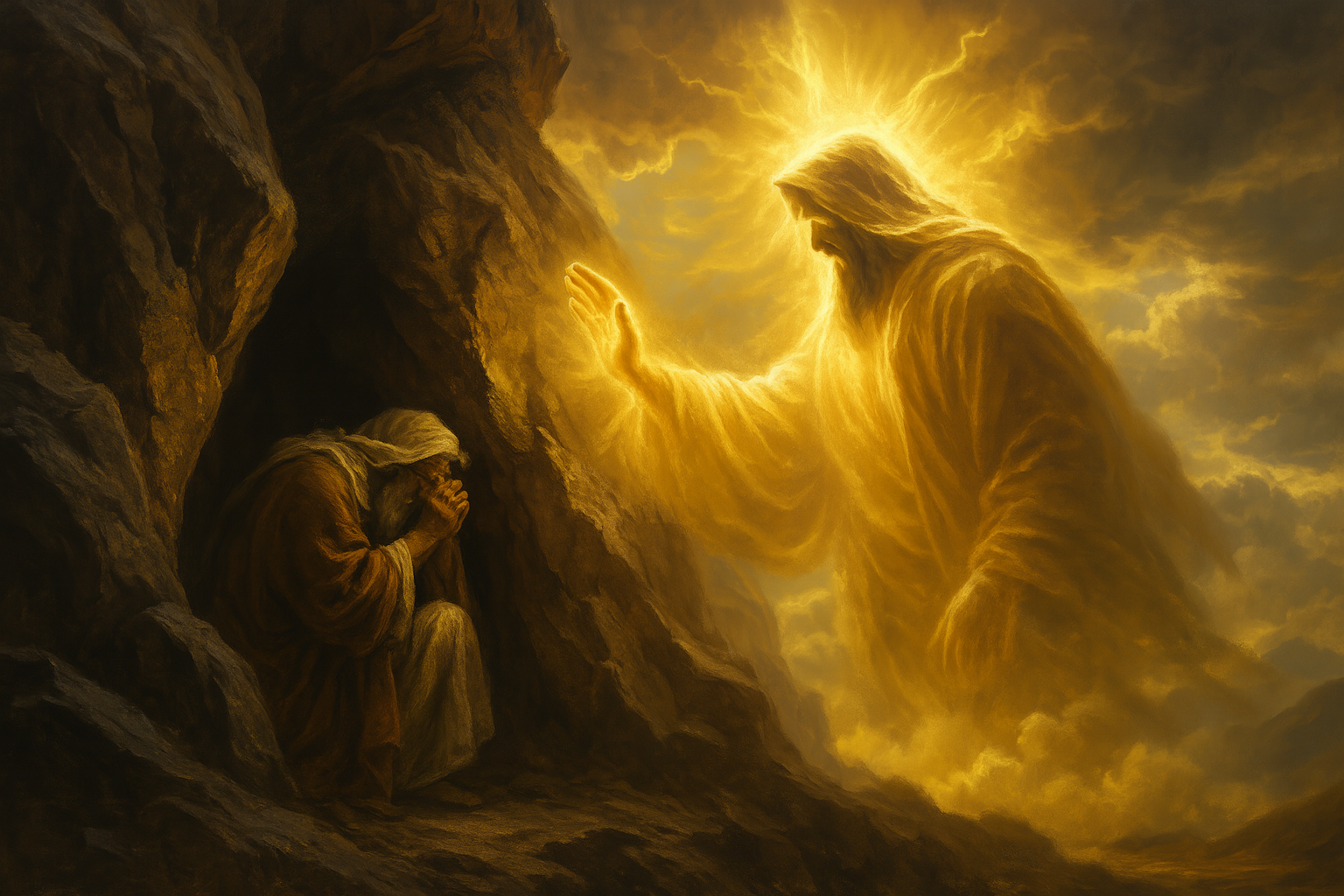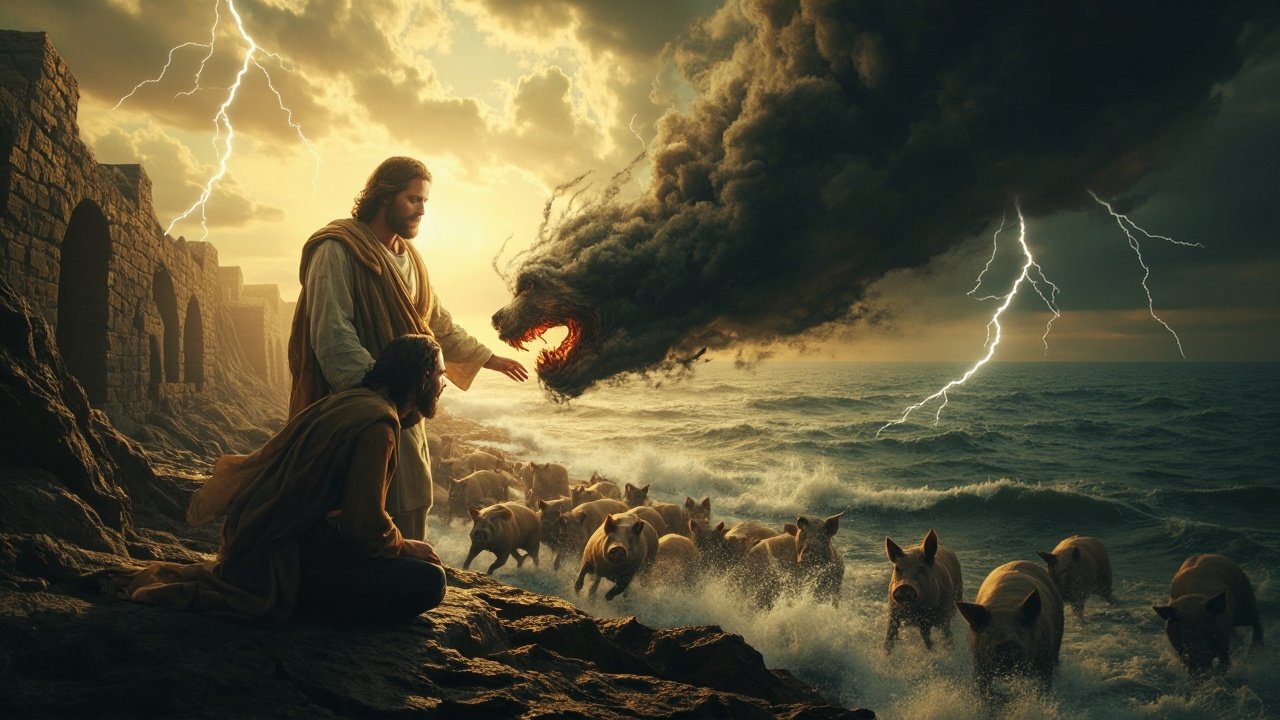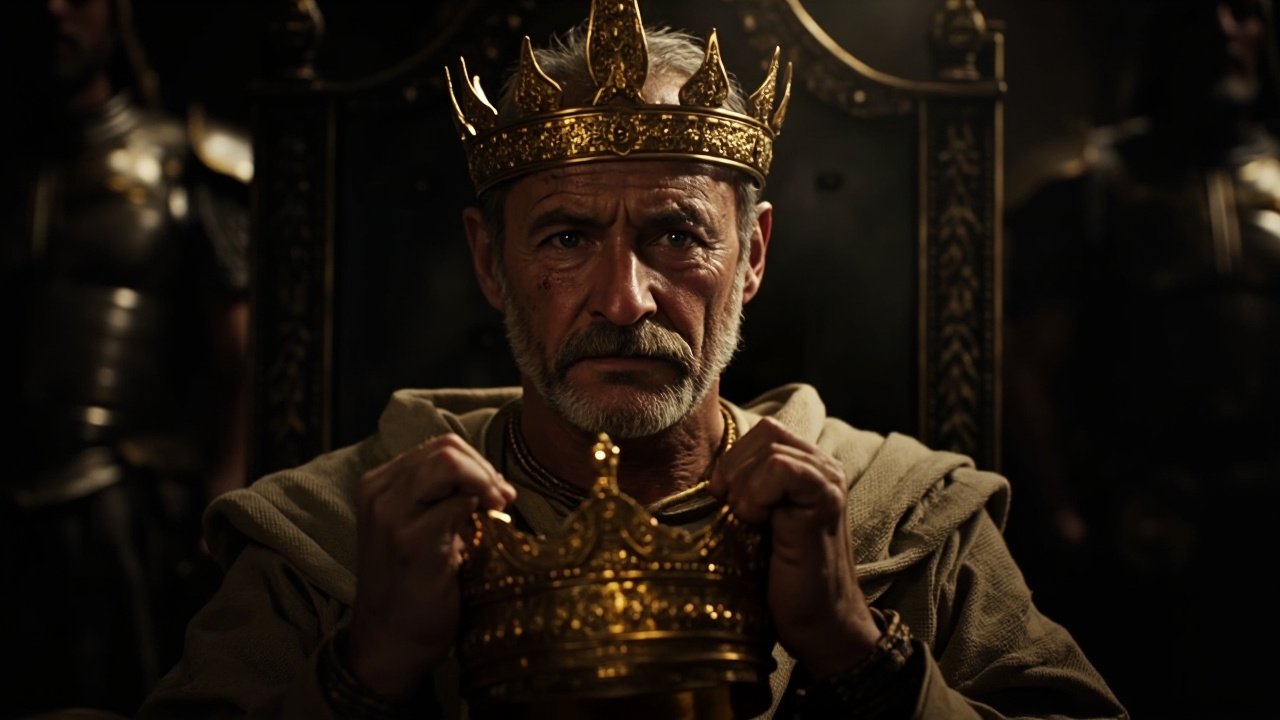
Did Moses Really See God?
In Exodus 33:18-23, we encounter one of the most profound moments in Scripture:
“Then Moses said, ‘Now show me your glory.’ And the Lord said, ‘I will cause all my goodness to pass in front of you, and I will proclaim my name, the Lord, in your presence. But,” He said, “you cannot see my face, for no one may see me and live… Then I will remove my hand and you will see my back; but my face must not be seen.'” (Exodus 33:18-23)
This passage reveals a spiritual paradox: God is holy, unseeable in His fullness, yet He chose to reveal a glimpse of Himself to Moses. Not His face, but His back. This moment is unparalleled in the Bible.
Note: Some may confuse this moment with the burning bush encounter in Exodus 3, where God speaks to Moses from a flame that does not consume. That event marks Moses’ calling — but it is not the moment when God reveals His form. The burning bush is an audible encounter; Exodus 33 is a visual one, where God passes by and allows Moses to glimpse His glory.
When someone says, “Moses wasn’t the only human to see God,” they may be referencing:
1. Elijah
Elijah encountered God in 1 Kings 19, hiding in a cave. There, God came not in the wind, fire, or earthquake—but in a “still small voice.” Elijah heard God, but did not see Him.
“Then a voice said to him, ‘What are you doing here, Elijah?'” (1 Kings 19:13)
Elijah was taken up in a chariot of fire (2 Kings 2:11), but there’s no record of him seeing God directly.
2. Enoch
Genesis 5:24 tells us:
“Enoch walked faithfully with God; then he was no more, because God took him away.”
This verse speaks of intimacy, but not of vision. Enoch was taken, not shown.
3. Isaiah
In Isaiah 6:1, the prophet sees a vision:
“I saw the Lord, high and exalted, seated on a throne…”
However, this is clearly in the context of a vision, not a physical encounter.
4. Jesus’ Disciples
Jesus, as the Word made flesh (John 1:14), is indeed God. His disciples saw Him in human form:
“Anyone who has seen me has seen the Father.” (John 14:9)
But they did not see the Father in His unveiled divine form.
Why Moses’ Encounter Is Unique
Moses’ interaction with God on Mount Sinai is different from all other biblical encounters:
- It was not a vision.
- It involved God shielding Moses with His hand.
- God allowed Moses to see a portion of His glory in real time.
This makes Moses’ experience the only direct visual encounter with God recorded in this form.
“The Lord would speak to Moses face to face, as one speaks to a friend.” (Exodus 33:11)
Even this was metaphorical—until the back-glory moment in verses 20–23.
Let it remind us: the more we seek God’s face, the more He reveals… even if just a glimpse.
Clarifying Confusion: Was There a “Book of Elijah”?
There are references to lost books in the Bible (like the Book of Jasher or Book of the Wars of the Lord), but there is no canonical Book of Elijah. Some apocryphal writings or later mystical traditions mention Elijah, but these are not part of the standard biblical canon.
Final Thought
Scripture is rich with mystery, but on this point, it’s clear: Moses alone was granted a glimpse of God’s form and lived to tell the tale. Others experienced visions, heard His voice, or walked with Him spiritually—but none shared this physical, protective encounter.
Let it remind us: the more we seek God’s face, the more He reveals… even if just a glimpse.



